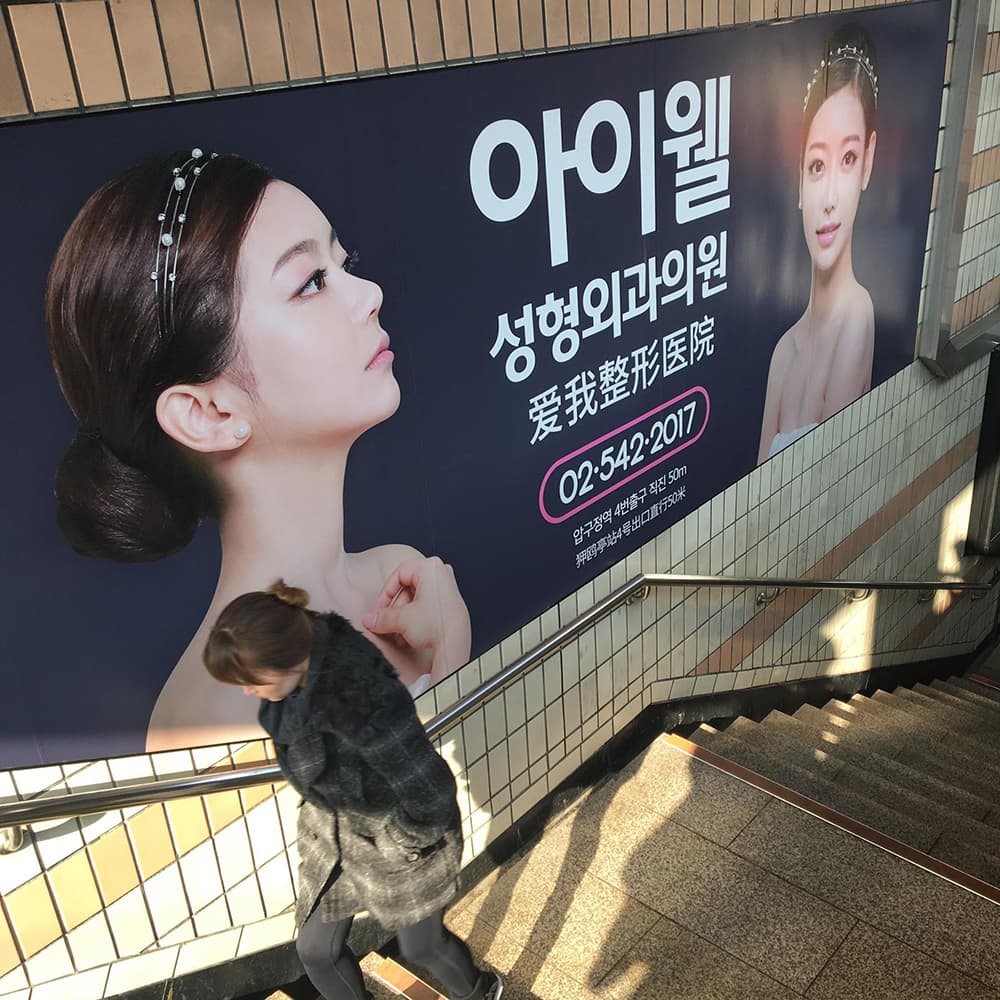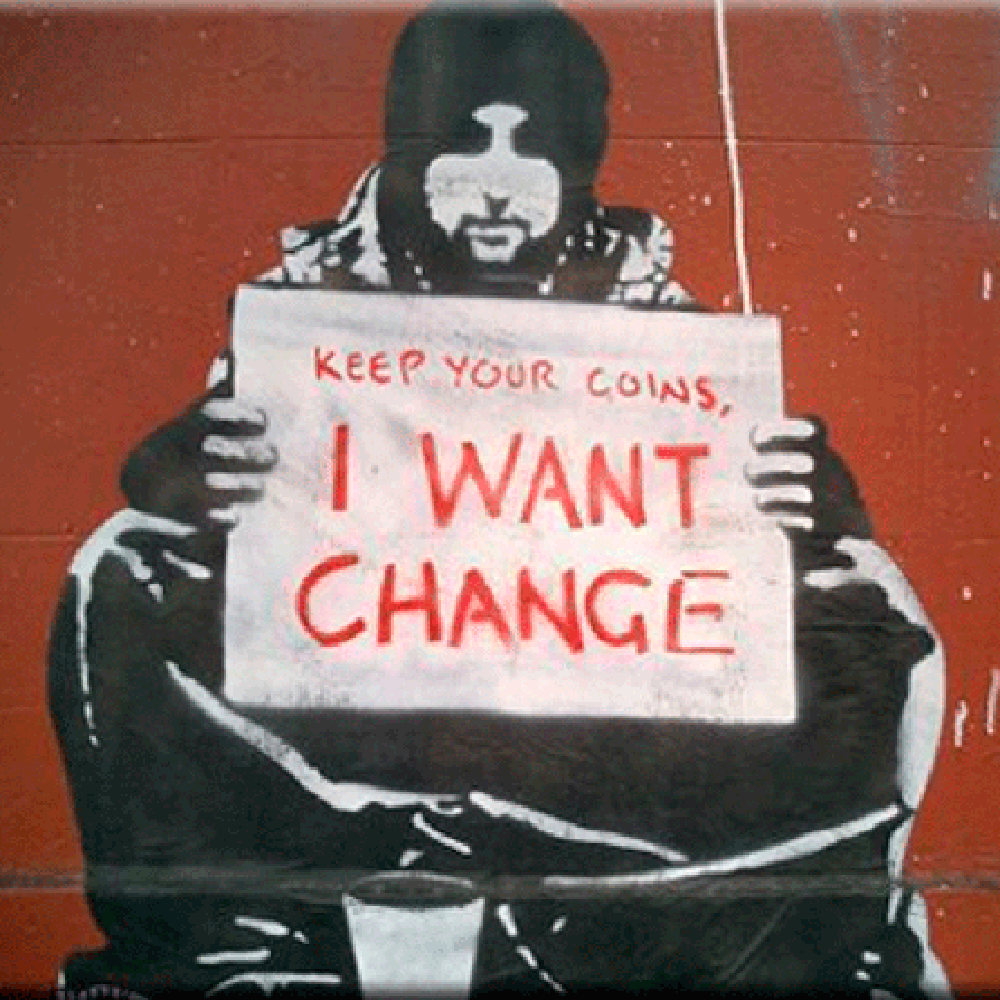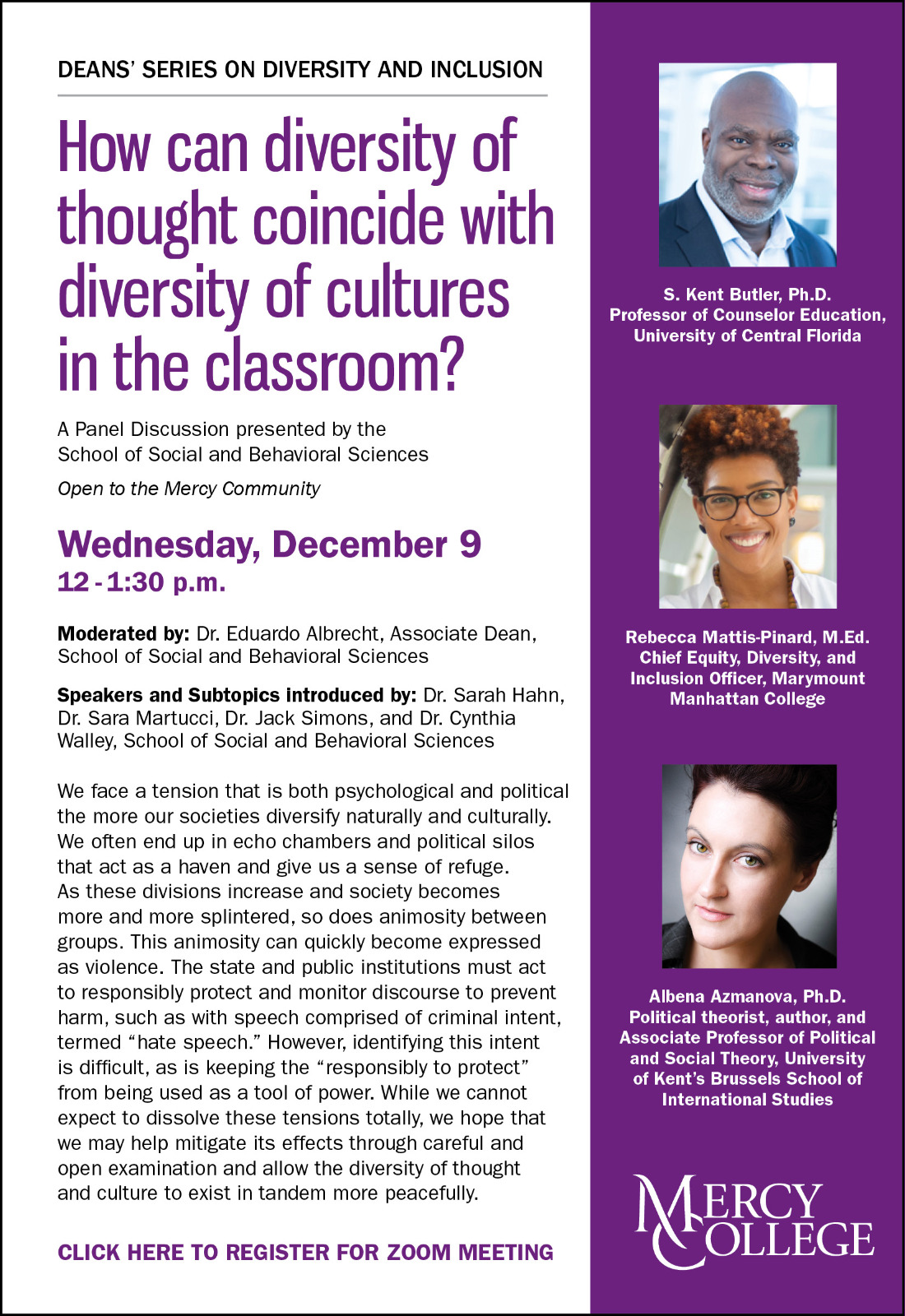2015. Embodying Progress: Aesthetic Surgery and Socioeconomic Change in South Korea. East Asian Science, Technology and Society (EASTS), Duke University Press, 9/3: 29-49.
Since the early 1960s South Korea has had one of the fastest-growing economies in the world. These developments have had a deep impact on the structure of society, but what impact have they had on the body? This article examines the relationship between such rapid socioeconomic transformations and the changes in uses and perceptions of the physical body among Koreans. This article uses a phenomenological theoretical framework to look at the narratives of embodiment of young Koreans that have had experiences with aesthetic surgery. The research examines the hypotheses that (1) the rapid transformations occurring in the South Korean economy are partly enabled by a specific ideology—a kind of ideology of progress in which economic productivity is valued above other aspects of everyday life, and (2) this ideology is articulated in the way individuals view and manage their bodies. In particular, it is evident in the embodied practices of Korean youths, such as the relatively recent popularization of aesthetic surgery. Thus, through surgical technologies the body is made to be more economically “productive” and may better contribute to the progress of the country as a whole.
2017. The Case of a Social Movement that Does Not Move: Alter-globalization in Southern Europe. Mediterranean Review, 9/3: 40-68.
This paper introduces the politics of the Alter-globalization movement in Greece, Spain, and Italy through a series of interviews and vignettes from the field, and locates the movement within the broader socio-political spectrum. The movement is found to have an uneasy relationship to power due to a paradox between its rhetoric and the actual material interests of its adherents. The paper also explores the relationship between activists and society and finds that the movement occupies a ritualistic and liminal space. It is concluded that this dynamic risks undermining civic participation in democratic processes.
Can Diversity of Thought Coincide with Diversity of Cultures in the Classroom?
Today we will address this tough question, though perhaps not completely nor satisfactorily answer it. It may in fact not be solvable, as it is a tension, or rather a dilemma, that we have inherited from an empirical past common to all cultures and the imperfection of all people.
This dilemma is twofold. It is psychological and it is political. Psychologically, we seek fellow humans that are like us and that agree with us, and we base that similitude on faith. Not evidence of similitude, but faith in our similitude.
The more our societies diversify culturally – through the natural ebb and flow of migration, the global push and pull of poverty and opportunity, and the immediate availability of various foods, music, and ways of thought from all parts of the world – the more the need for that faith in similitude rises in importance.
We require more and more expressions of similitude from our fellow humans. Those expressions thus become ritualized, and they become performances we expect to see and be pleased with. This alleviates anxiety and discord, momentarily, but at the cost of diversity of expression. Performances that do not adhere to a standard, that are seen as a bit off, or perhaps insincere, invite opprobrium.
Factions rise where subgroups are seen as better performers of similitude. Society is thus splintered, politically, culturally, and intellectually. We break off into echo chambers while inhabiting the same physical space. In and out groups become more clearly demarcated and identifiable.
Out groups are essentialized as fundamentally flawed and irredeemable. A person’s entire moral character is based on just one aspect. We fail to see the person and the context, only looking and judging them for that one opinion we deemed distasteful.
In sum, the more we diversify, the more our anxiety increases, the more we seek expressions of similitude, which pushes us into a frustrated and frantic search for even the slimmest signs of similitude from smaller and smaller sub-identity groups.
This malaise affects everyone irrespective of political beliefs or ethnic heritage, and irrespective of geography and history. In some historical circumstances it becomes statist and institutionalized. One faction enlists the power of the state and public institutions to enforce the rituals and performances of similitude, and to ban difference. Those that disagree have one choice: acquiesce or face sanction.
We are all to some degree acquainted with the feeling that results. It is the cognitive dissonance a human being endures when asked to splinter their public persona from their private beliefs. It is the ultimate tool of power, because it targets and reins in the human spirit.
History indicates that this makes people grumpy. There are some that do not want to let go of what, to them, is transcendent, immovable, and not relative nor subjective. They may resist.
This takes us to the second dilemma, the political dilemma; for the state and public institutions do have a role to play in monitoring and sanctioning discourse. The state has a responsibility to protect vulnerable sections of the population from harm.
This is the rationale for banning what has been termed “hate speech.” Speech that has the criminal intent to mobilize one section of the population to commit acts of violence toward another section of the population is, and should remain, illegal.
Institutions of higher education also have a responsibility to combat this type of speech. This type of “diversity of thought” should not be allowed. That much we can all agree on.
The hard work is engaging in a conversation over definitions, over what to include and what to exclude from the list of harmful, and thus illegal, expressions of thought. It becomes a question of defining the type of hateful expressions that are likely to result in criminal, intentionally produced harm.
There are two challenges here. First, hate is, after all, an emotion; and emotions are notoriously hard to pin down. Moreover, these emotions are often communicated via symbolic imagery, and symbols, which both conceal and reveal, are slippery to define. Identifying intent becomes difficult.
The second challenge is what happens when this responsibility to protect becomes a tool of power. In other words, what happens if it is hijacked by one group to the detriment of another? What happens if your simple act of existence becomes hateful, and thus a public security issue? Does the state still have the responsibility to protect society against your very existence?
This was, after all, what occurred in Europe in the 1930s towards ethnic, sexual, and political minorities; and is yet occurring today in many parts of the world. Identifying this type of politicization, or rather weaponization, of the responsibility to protect is certainly easier in hindsight and when geographically removed.
In sum, on the one side there is a need for the state to stop the expression of thoughts that can be dangerous to people, and on the other side there is a need to allow the expression of thoughts to stop a state that can also be dangerous to people.
This is the political dilemma that is layered on top of the psychological one already described. It is a double quandary that as educators in institutions of higher learning we cannot avoid or ignore. While we may not be able to solve it, perhaps we can think of ways to mitigate its effects, and perhaps build bridges that allow us to have both diversity of thought and diversity of cultures.


